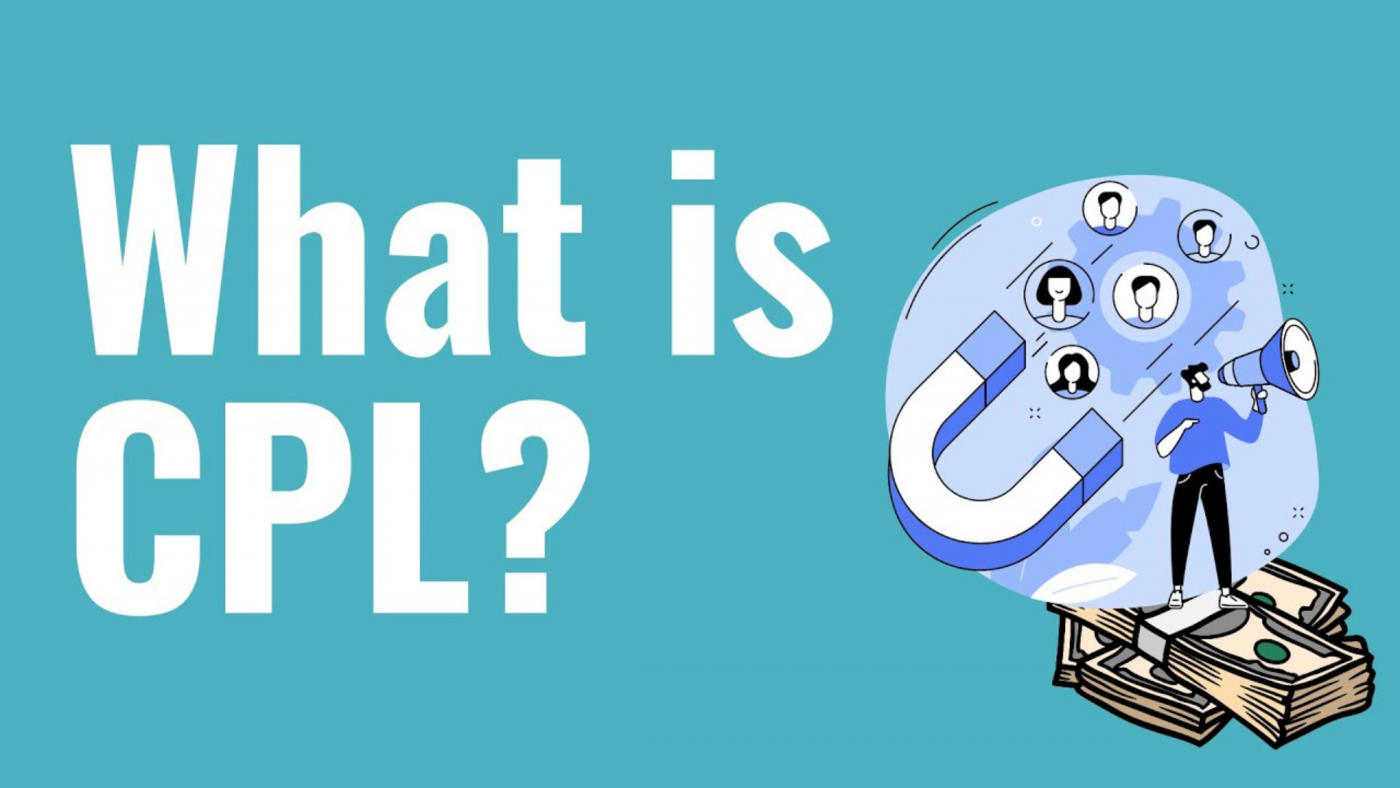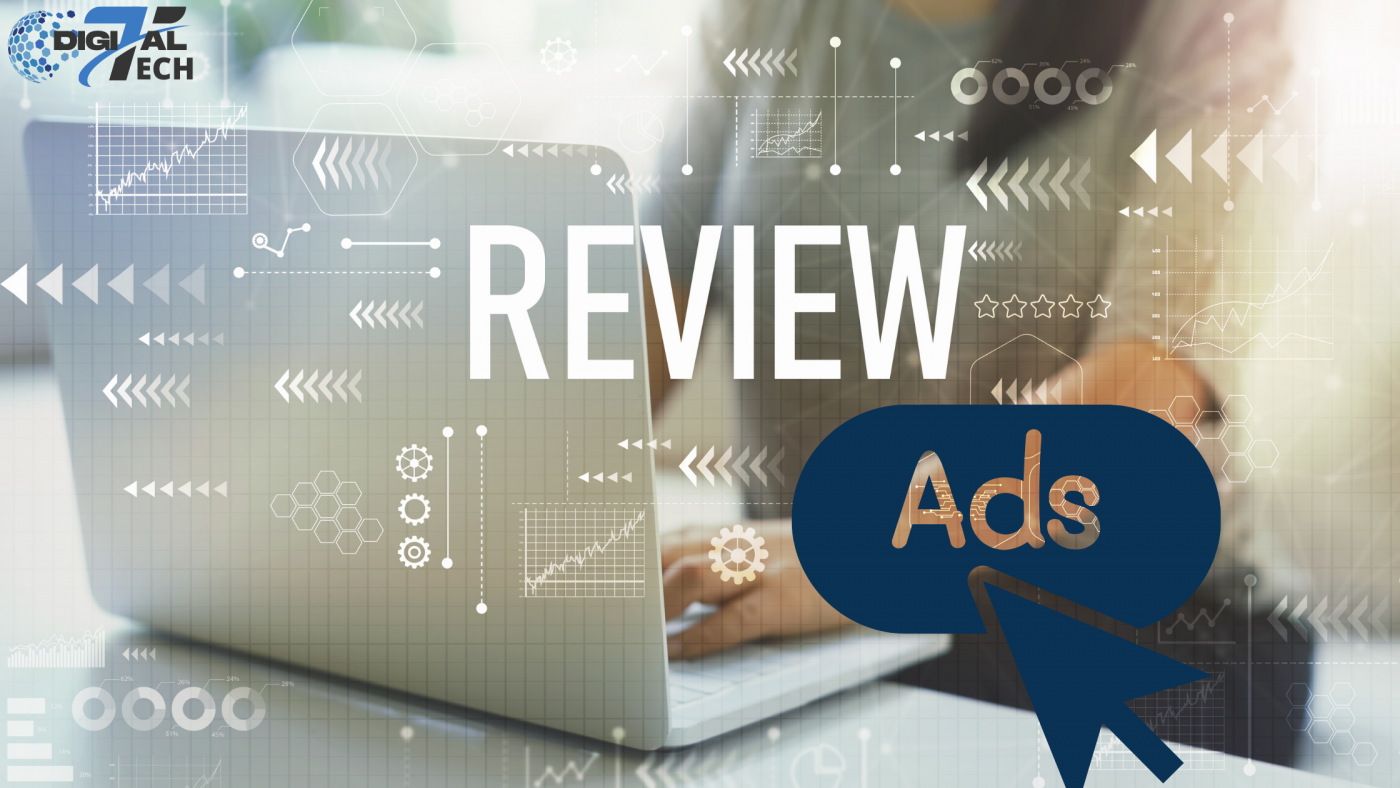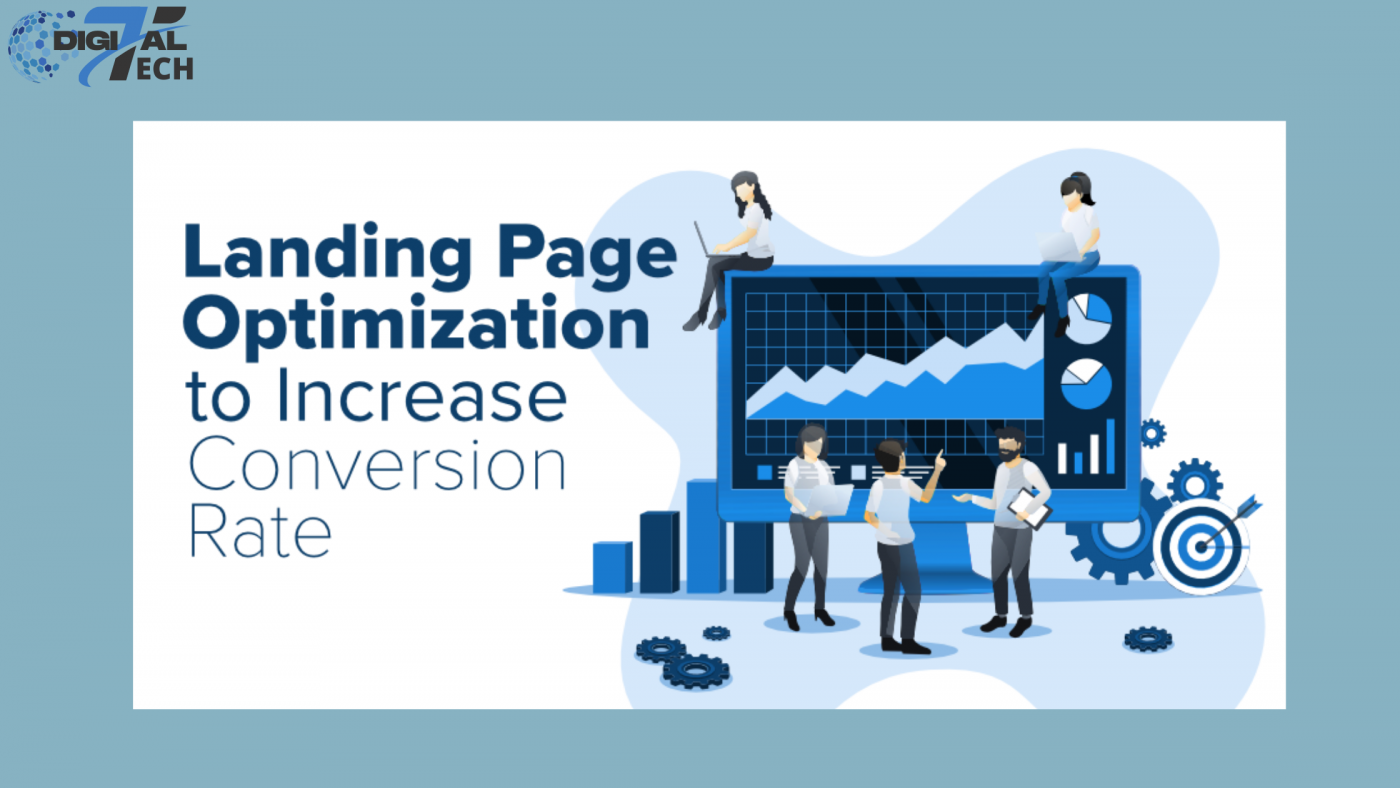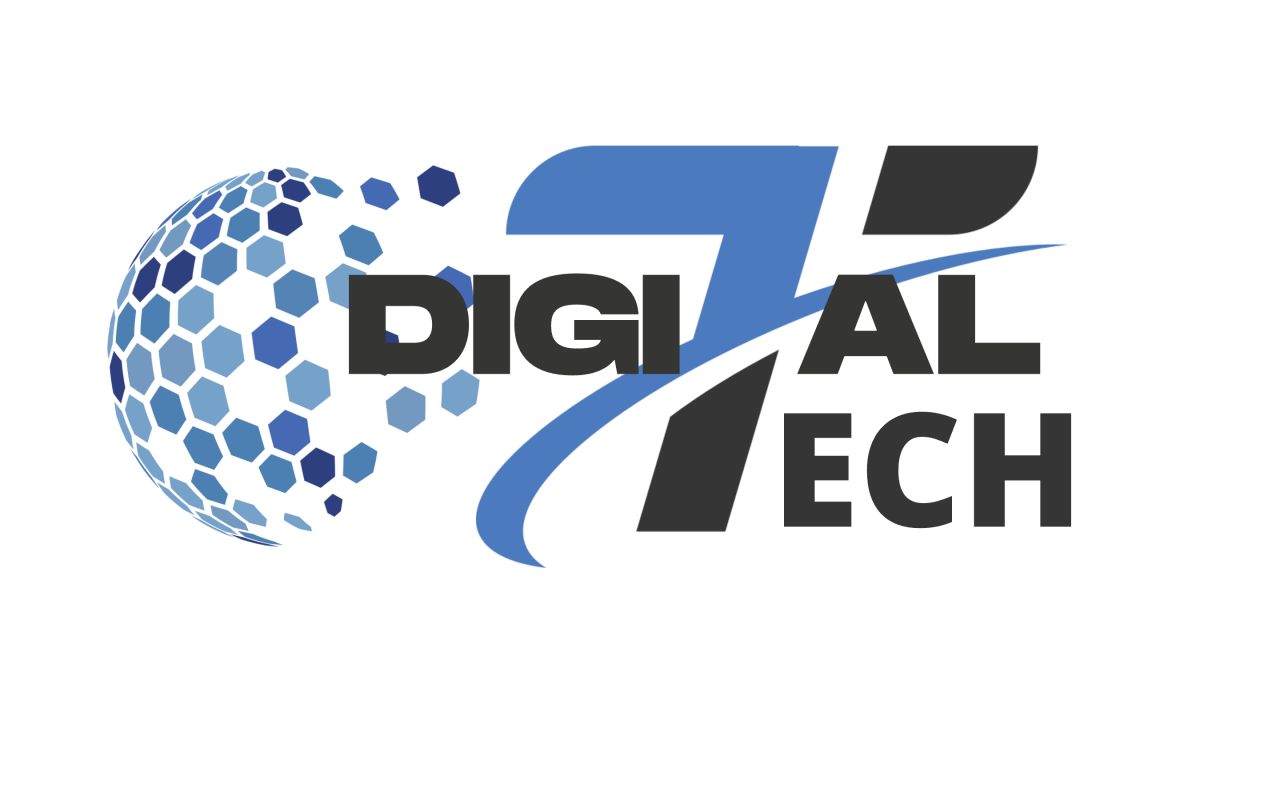Companies use cost per lead (CPL) as an important marketing statistic to evaluate the effectiveness of their initiatives
Marketing teams use CPL alongside other metrics like CPC, vCPM, and CPM to evaluate campaign performance effectively.
Let’s look at some of CPL’s finer points to understand why digital marketers regard it as one of the most valuable performance measures.
1. What is CPL?
The cost per lead (CPL) is the monetary amount a marketing effort needs to produce a new potential client. Marketing efforts create these potential clients, also known as new leads, when users choose to “opt in” after seeing an online advertisement or interacting with material on a website or page.

Cost per lead (CPL) is the dollar amount required to generate a new prospective customer
When a user clicks, they are typically encouraged to enter their information and complete a form in order to access content, such as a whitepaper or more details about the company’s goods and services.
In the perspective of CPL marketing, this is regarded as a lead.
2. CPL Formula: Steps for Computing CPL
The formula for cost per lead (CPL) is straightforward. You calculate it by dividing your marketing campaign budget by the number of leads generated. The cost per lead formula is as follows:
3. What is a CPL model?
The CPL model, which is mostly utilized in the affiliate marketing industry, is one on which an advertiser pays for a user’s contact details.
Single opt-in (SOI) and double opt-in (DOI) are the two categories of CPL advertisements.
SOI Ads:
- Any user who submits their contact information is regardded as a lead.
- Even on a tight budget, these advertisement are a good fit for A/B testing.
- Although they often have excellent conversion rates, users frequently give out inaccurate personal information, which makes the leads useless.
DOI Ads:
- Leads are defines as users who do two things: they fill out a form, for example, to give their contact information, and then they confirm that information with an email or text massage.
- Because they are more likely to convert, these leads are regarded as being of hogher quality.
- Payouts for better-quality leads are also better-quality.
4. Why is the CPL relevant?
Cost per lead (CPL) is significant because it’s easy to compute, adaptable to any online advertising campaign, and a reliable gauge of performance compared to other marketing measures.
CPL has become more significant with time. When digital marketing first started out, search engines and internet directories were the main sources of leads. Businesses frequently had to pay a premium price for these leads, which made it difficult for them to justify the outlay.
With the increasing sophistication of online advertising, companies can now more precisely target their adverts, which lowers the cost per lead (CPL).
Furthermore, social media and other digital channels have simplified the process for firms to reach out to prospective clients, thereby lowering the cost per lead.
5. 6 Tips to Reduce CPL
A survey shows that 37% of marketers see generating high-quality leads as a major challenge, prompting businesses to explore ways to optimize lead generation and reduce cost per lead.
To optimize their return on investment (ROI) and advertising campaigns, companies can lower their CPLs in a number of ways.
1. Review the advertisement

Review the advertisement
Ad reviews are one of the easiest ways for a company to lower their cost per lead (CPL). If an ad gets many clicks but isn’t converting, changing the landing page to match the ad can boost conversions and lower the cost per lead (CPL).
2. Optimize Landing Pages

Optimize Landing Pages
As we just discussed, making minor changes to your landing pages can significantly affect your conversion rate. Therefore, optimizing your landing page for optimal conversions is crucial because this is where visitors become leads. To increase conversion rates, for example, you can incorporate social proof, simplify the design, and make sure the call-to-action (CTA) is obvious and easy to understand.
3. Examine Network Performance
Through network segmentation, a company can assess the effectiveness of each campaign separately. Advertisers have the option to stay with network partners who offer a lower CPL if a certain partner is not performing well.
4. Examine Network Performance
Through network segmentation, a company can assess the effectiveness of each campaign separately. Advertisers have the option to stay with network partners who offer a lower CPL if a certain partner is not performing well.
5. Employ Ad Campaign Targeting
Pay close attention to who your advertisements target. For instance, LinkedIn advertisements targeting small business owners may be more successful than Facebook ads if your B2B SaaS company is aiming to attract small enterprises.
This will raise conversion rates and cut down on inefficient ad spending, which will ultimately result in a lower cost per lead.
6. Leverage Marketing Automation
You may lower your cost per lead and optimize your lead generation procedures with the aid of marketing automation. For instance, you can utilize email marketing automation to gradually cultivate leads and maintain their interest until they’re prepared to buy.
6. Benefits of CPL for Publishers
Cost per lead, or CPL, has various benefits for publishers, such as:
- One Simplified Sales Pitch
It’s simpler to market to advertisers because publishers only get paid when a lead is created, which makes it a more appealing revenue model than others.
- Increased Focused Advertising
Because CPL campaigns require more targeting than ad models in order to be successful, advertisers are more likely to establish a rapport with specialized publishers.
- Elevated Prices
Because the leads created by CPL campaigns are far more valuable than the total number of clicks, their rates are frequently greater than those of other types of advertising.
7. Publishers’ Disadvantages with CPL
Cost per lead (CPL) has several drawbacks for publishers.
- Unpredictability of Revenue
Since the CPL model can be highly erratic, publishers find it challenging to predict revenue with any degree of accuracy.
- Uncertainty About Campaign Length
Determining the end of a campaign can be a challenging task.
- Inadequate Conversions
Publishers may incur losses from missed conversions in a CPL transaction due to tracking software glitches.
8. Is CPL Too High or Too Low?
Although the appropriate CPL will vary depending on the particular objectives and requirements of a firm, a lower CPL is typically desirable.
A reduced cost per lead (CPL) could indicate that a company is getting qualified leads for less money, which would increase return on investment. It’s important to keep in mind that a lower cost per lead (CPL) doesn’t always guarantee success; lead quality is a more crucial factor.
Finding the right balance between lead quality and acquisition costs is essential. Businesses can identify the optimal method for their unique requirements by testing and fine-tuning a CPL strategy.

